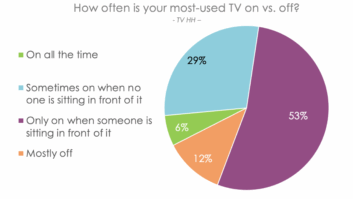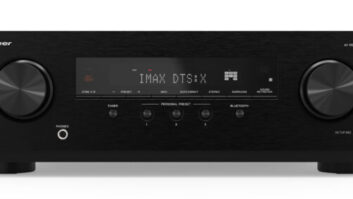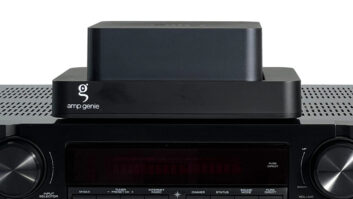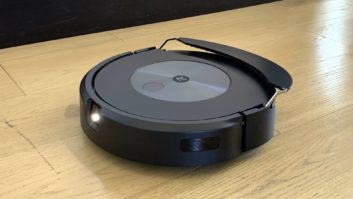New York — Pioneer has produced a new third-party study for dealers and consumers in an effort to dispel inaccurate “prejudices” against plasma display technology.
“We want to debunk the myths,” said Pioneer’s senior VP/marketing Russ Johnston — which range from issues of burn-in and short lifespan to poor brightness and color accuracy. These misconceptions and half-truths stem from the early years of plasma, he contends, and add to consumers’ confusion and purchase anxiety.
To expose them, Pioneer commissioned research firm IDC and testing lab Imaging Science Foundation to compare and test the image quality of plasma, LCD and
rear-projection microdisplay TVs. Three name-brand HD models representing each technology were purchased at retail (along with a direct-view monitor for reference); calibrated using common THX DVD tools; and then subjected to a “torture test” comprised of four weeks of continuous playback, a 48-hour display of a static image, and a 24-hour playback of a video loop.
The resultant white paper, titled “Mythbusting — Just the Facts on Plasma TV Performance,” indicates that the plasma display panels (PDPs) either held their own against the competition or bettered it. Specifically:
• Although the plasmas alone retained the static image after 48 hours, it subsequently disappeared completely from all three PDPs following 24 hours of regular video viewing.
• After four weeks of continuous playback, the PDPs showed the smallest decrease in light output.
• Despite a slight drop after four weeks, the plasma displays still generated the best black levels of all the technologies, including the CRT.
• The plasmas proved less bright than their competitors, although their brightness levels were more consistent across the screen and from all viewing angles, resulting in fewer “hot spots.”
• Color accuracy was comparable in all models, although the plasmas performed better with the lower brightness levels commonly found in movie video content.
The report also acknowledged that plasma trails other technologies in screen resolution, owing to a lack of 1,080p product.
Franklin Karp, president/CEO of New York metro area A/V specialist Harvey Electronics, who participated in a panel discussion during a Pioneer media briefing on the report, generally concurred with the study’s findings. “We’ve sold thousands of plasma TVs and we’ve had no complaints from consumers,” he said.
Added Johnston: “Dealers are hungry for this kind of information. They need this kind of content.”
The IDC white paper is available online at www.pioneerelectronics.com.











